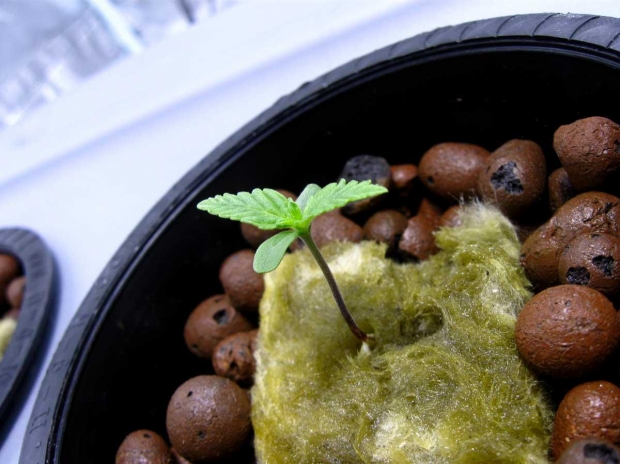 Loading... Please wait...
Loading... Please wait...Save Money. Grow Your Own!
Fast Plain Box Shipping.
We ship to the US & Canada.
Grow Your Own!
How to Deal with Ph Drift
Posted on 18th Dec 2015
One of the biggest problems that growers often have in hydroponics comes from a simple misunderstanding -- people expect that reservoir water is going to stay the same, and remain clear and untroubled throughout a plant cycle. So they go along doing other kinds of stuff, and they neglect to observe what's happening inside the reservoir.

But the fact is that reservoir water will change. You may get debris buildup inside the hydroponic space. Bacteria grows. Depending on your water source, you might get changes in the chemistry of your water. Or you add fancy nutrient packages or other items without thinking about how they will affect the chemical balance in water.
To deal with all of these issues, keep checking the pH value in the water to make sure that your plants don’t suffer from excessive acid or base values.
Get Monitoring Equipment
Figure out how you're going to be checking pH regularly. Your pH tools can be as simple as basic litmus strips, but you better get a bunch of them, because many cases, just checking every week or two isn’t going to be enough.
Keep Checking
Set up a calendar strategy for checking pH value, to make sure that plants don’t drift into the danger zone. Plants generally thrive in a pH of around 5.5 to 6.5 with some variations. You're going to want to catch problems before they spiral out of control.
Choose Your Acid
Many growers use prepackaged solutions like pH up and pH down, but anything that contains acid or base materials can be effective in changing the pH value of your hydroponic reservoir. For example, some experts suggest substituting citric acid or vinegar in a pinch. The key is figuring out proportions -- in general, you only need a small amount of your pH substance per gallon of water.
Flushing the Reservoir
Sometimes, a quick addition just won't do the trick. Over time, you may adjust pH up or down and leave residue of these adjustment materials in the water along with everything else. After a while, it starts to look like a stew or sludge. You also have to monitor total dissolved solids in the reservoir. So when everything gets a little too extreme, another option you have is to flush out the reservoir water and start fresh. Experts recommend presetting pH levels with pH solutions when you flush the reservoir. You also have to make sure you have high-quality water in there to nourish plants.
For more on hydroponics and everything that goes with it, keep checking Dealzer. We offer thousands of pieces of equipment for a diverse growing community.
